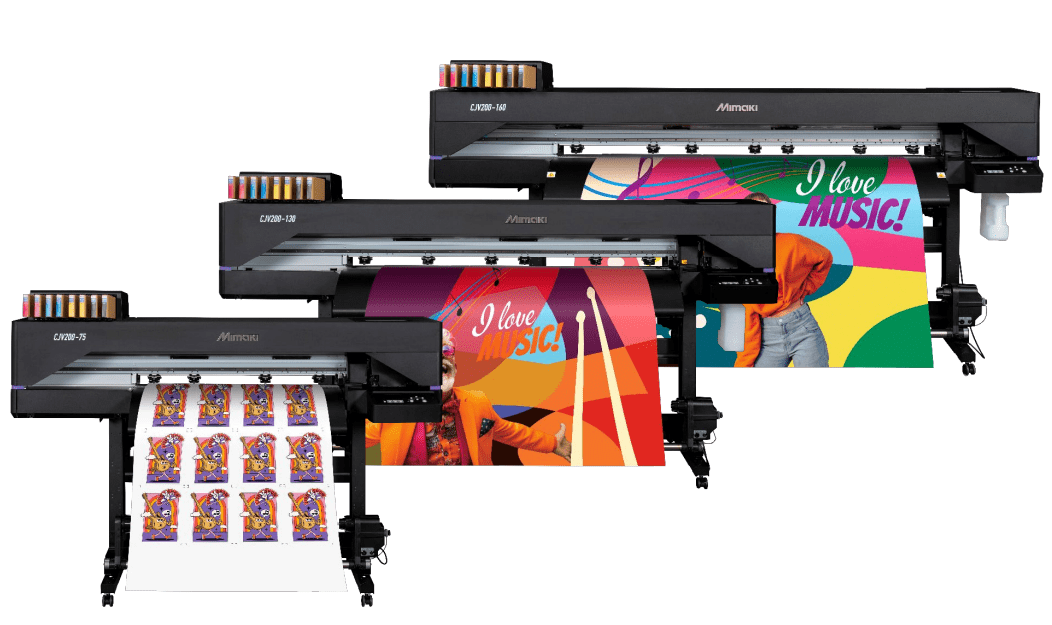It takes a lot to launch and run an online business. Once live, you’ll need to monitor product quality and delivery times, measure sales performance, build customer loyalty and analyse the effectiveness of your marketing.
But before all of that, you need to work out what you’re going to sell and how you’ll sell it …
Related Article: How To Choose The Right Software For Your Online Print Shop
How do you launch an online print shop?
Well, it depends. It depends on what sort of online print store you want to run. It depends on the products you intend to produce. And it depends on whether you plan on doing the printing yourself or outsourcing it all to a third party.
We’ll explore those options in a little more detail in a moment, but first, there’s one essential element every online printing shop needs to become a success: a unique selling point.
Find your online print shop’s USP
In the UK alone, there are roughly 10,000 print companies (some online, some physical). It stands to reason, then, that if you’re going to launch your own print shop with that sort of competition, you’d better give customers a compelling reason to check you out.
Businesses often struggle with USPs. It’s easy to feel that every possible angle on the online print shop model has already been covered. But it hasn’t. There’s always another craze waiting to happen and it will need print merchandise. There’s always another niche to exploit. There’s always another print technique waiting to be invented or become fashionable.
Ideally, your USP will be something for which there is clear demand, which could be profitable, and is something you have knowledge and capability in and are passionate about.
A word of warning: while your USP could be literally anything — the speed with which you ship, the unique, design-led t-shirts you offer, the fact you’re the only retro online print shop specialising in early 90s funk memorabilia — one USP it’s worth avoiding is price.
Make the lowest price your USP and you’ll a) be putting yourself in competition against some very big players with the buying power to out-price you and b) always need to shift large quantities to make significant profit.
Choose your online print shop options
Which option you choose will depend on how much stock you have (and whether you want to hold such stock), your print capability and the amount you have available to invest.
1. Your own online store, your own print
A possible option if you already run a physical print store and have the equipment necessary to handle a (hopefully) significant growth in orders. You could sell print products you already have using the stock you already hold, or you could operate as print-on-demand.
You’ll need: A website or social media store where you can showcase your products. Using an existing eCommerce platform like Shopify or WIX could help you get started quicker. You’ll also need to market your online shop via SEO and across social channels.
Pros:
- A good vehicle for your own, distinctive print products
- You retain complete control over your website, branding, layout, functionality and more
- If you have design skills and you use an eCommerce platform, you may be able to build your online store yourself
- You retain complete control over every product, every shipment and every customer relationship
- You’ll typically keep more of the profits from each individual sale with this option
Cons:
- Set up costs can be high and you will need something to invest
- You may need to hold stock, and that could be expensive
- You’ll have to invest time and money in setting up and optimising your website and keeping it updated. You may need to outsource this if you don’t have web maintenance and SEO skills, or the time to implement them
- You need to action every element of every sale, from print, to processing to shipping
2. A third-party marketplace, your own print
Think of this option as the difference between running your own store and running your own stall in a market.
You’ll need: to set up a store with a third-party marketplace such as Shopify, Etsy or eBay. As you load products, add keywords to ensure they are revealed in customer searches.
Pros:
- Get started fast. No need to wait for a web developer to build your site. Aside from uploading products, you can get started instantly
- High familiarity. You may not have to work quite as hard to get people to find you because they’re already shopping on Etsy, eBay etc
- You retain control over every product and every shipment
Cons:
- Limited customisability: your online print store will always be limited by the restrictions of the marketplace. Your brand will never quite as distinctive as it might with your own online store
- You need to action every element of every sale, from print, to processing to shipping
3. Dropshipping, third party design and products
Choose dropshipping as your business model and not only do you not have to worry about fulfilment, you don’t even need print equipment or skills. The inevitable option if you’re wondering how to start an online print shop and you aren’t a printer.
You’ll need: to set up an account with a dropshipping print company. Some products are much better represented than others. If your online printing store will handle nothing but t-shirts or promotional merchandise, you’ll find dozens of dropshipping candidates. If you’re planning on selling banners or flags, you’ll be choosing from a considerably smaller pool.
You’ll also need to build and market an eCommerce site. You may find your dropshipping partner offers template sites that can help you get started fast.
Pros:
- No need to hold (or pay for) print stock. No need to have printing skills. No need to pay for and maintain print equipment
- Fulfilment is handled by the dropshipper. Your site is simply the ‘middleman’ through which customers access the product
- You have complete control over your branding
- By some margin the lowest effort online print store option
Cons:
- Once a customer buys, you lose control of the sales process. If your dropshipper is unreliable, your reputation takes a hit
- You’re limited by the products offered by your dropshipper
- You’ll need to optimise and maintain your site, although product feeds should be updated automatically by your dropshipper
- You typically retain a lower margin from each sale
Talk to Soyang
If you’re setting up an online print store with products you’ll be printing yourself, you’ll need the materials to do it. Find them with us.










